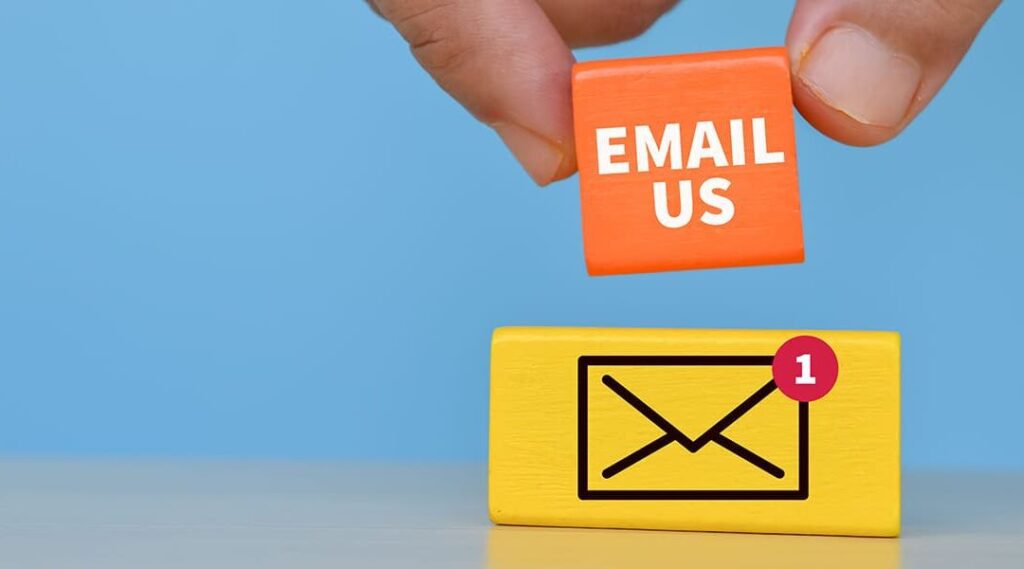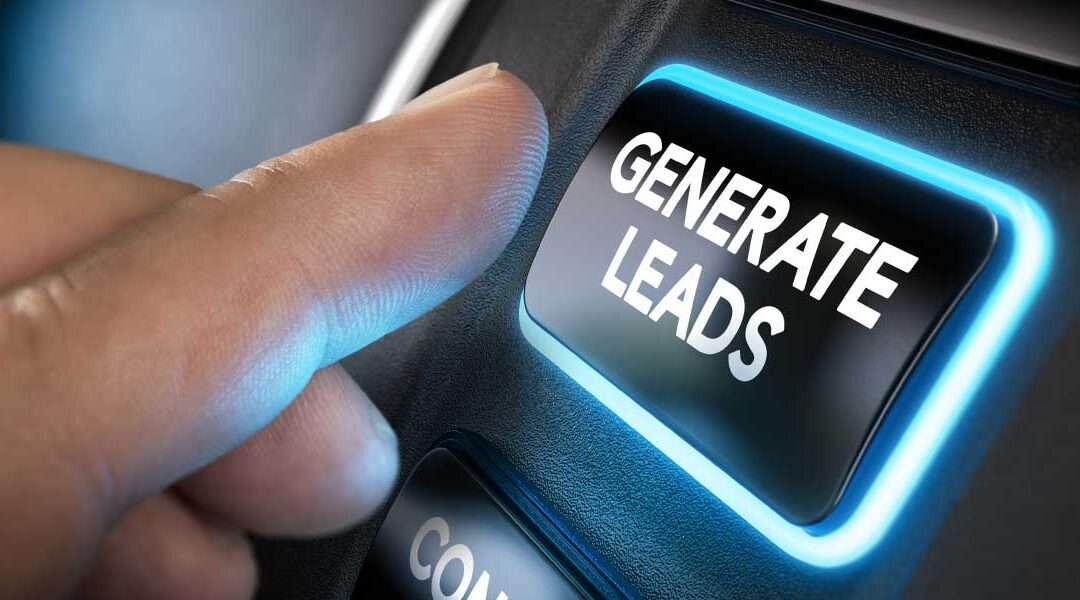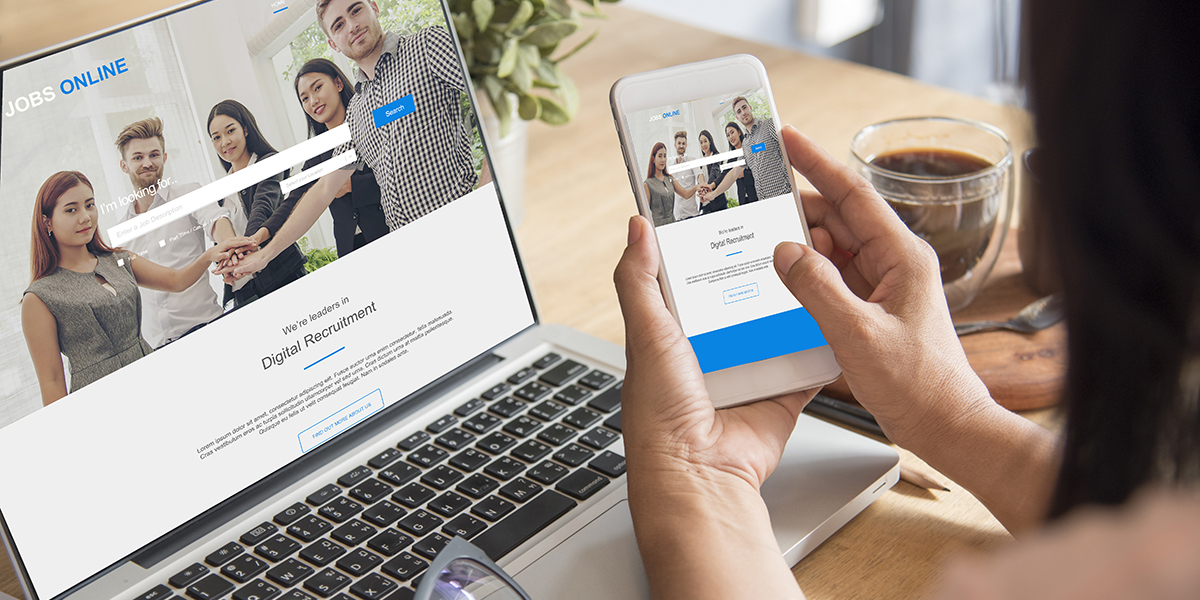The world is full of websites. Some websites are clearly better than others, but how do we evaluate the quality of a website? Obviously, there are a number of characteristics that we can use to evaluate a site. The way it looks, the visual elements, the user experience, the story it tries to tell. And as I am sure most of you know first-hand, we can invest a lot of time and money into developing websites that look amazing, engage visitors, and tell our story in a meaningful way. How can you use your website to generate leads? And not just any leads, but high-quality leads? Because if not, it’s very hard to determine the return on investment that you made in your website.
Understanding the Importance of Lead Generation
First off, what is “lead generation”? Simply put, it’s any activity that piques interest and gathers potential customers for your business. A well-oiled lead generation strategy fuels the sales pipeline, keeps revenue flowing, and helps you measure success. Remember, your website can be much more than a digital brochure—it can be your number 1 salesperson, capturing leads even when you sleep!
You may be asking, “How?” Let’s go through the process.
Identifying Your Audience
To generate leads, one of the very first questions to answer is “who is my audience?” Because if you’re not attracting the right leads, are you really attracting any leads (read more about marketing qualified leads in our blog on the topic)?
How can you know who your audience is and that you’re reaching the right people? Why, by creating buyer personas, of course. These are profiles of your ideal customers, their goals, and their challenges.
They are created by analyzing real data and some educated guessing. Understanding your personas helps you strategize your marketing efforts effectively.
For instance, if you’re a local organic grocery store, one of your personas might be “Health-Conscious Hannah,” a mid-30s urban professional who values sustainability and wellness.
Creating Content that Converts
Every visitor on your site is on a journey—which we call the buyer’s journey (we’re a creative bunch). This journey has three stages:
- Awareness: The buyer realizes they have a problem.
- Consideration: The buyer defines their problem and researches options to solve it.
- Decision: The buyer chooses a solution.
You should have content for each of these stages. For the Awareness stage, a blog post titled “10 Signs You Need to Switch to Organic Eating” could capture Hannah’s attention.
By the Decision stage, a comparison guide between your grocery delivery service and conventional options could be just what sways her to become a customer.
Here are a few ideas for different types of content you can make:
- White Papers
- Infographics
- Guides
- Checklists
- Webinars
- Videos
- Case Studies
- Articles
- Podcasts
- eBooks
- Templates
- Toolkits
- Surveys
- FAQs
But remember, these are just a few ideas. You’re only limited by your imagination!
Designing Effective Conversion Paths
Now, onto conversion paths. These are the steps that a visitor takes to become a lead. It starts with a compelling Call-to-Action (CTA), like “Download Our Free Organic Eating eBook!” This CTA leads them to a landing page that details the offer, ending with a lead generation form. Make sure each step is clear and focused.
Back to the organic grocery store example, if Hannah clicks on a CTA about organic eating, the landing page should match that expectation perfectly.

Your Lead Generation forms don’t need to be complicated. A simple email address will often do!
Landing Pages
Let’s back up a little bit and talk more specifically about landing pages. They are essential pieces in the lead generation machine, and so deserve further elaboration.
Optimal landing pages are designed to guide the visitor towards a specific action, such as subscribing to a newsletter or downloading a free guide. They should use clean, distraction-free design with concise, compelling content, simplified form fields, and trust signals like testimonials to bolster credibility.
Landing pages are the conversion engine of your website, providing a direct and focused path for turning visitors into leads by minimizing distractions and focusing on the benefits of your offer, maximizing the efficiency of your lead generation efforts.
Optimizing Lead Generation Forms
Lead gen forms are also crucial, but often mishandled. Make these forms simple yet effective—ask only for essential information like name, email, and perhaps a checkbox for specific interests. Placement is also key; they should be natural, not intrusive. Always strive to reduce hassle and enhance user experience to increase completion rates.
Wrapping Up – Generating Leads with Your Website
Transforming your website into a lead generation powerhouse isn’t just about adding more content or tools—it’s about smarter, customer-focused adjustments that make your site work smarter for you. Dive into these areas, apply these tips, and watch as your website becomes not just a tool, but a team player in your marketing strategy.
Got thoughts or questions about setting up your lead gen machine? Reach out to us at Sharp Wilkinson—I’d love to hear about your experiences or discuss the challenges you face.
![20250616_SPW_SEOSmallBizGuideCTA • Sharp Wilkinson Boost Your Online Visibility! Unlock the secrets to a top-ranking website with our FREE SEO Guide for Small Businesses. [Download Your Guide Now!]](https://sharpwilkinson.com/wp-content/uploads/2025/06/20250616_SPW_SEOSmallBizGuideCTA-1024x512.png)





